Iran Vows To Strike US Bases In Response To Any Attack
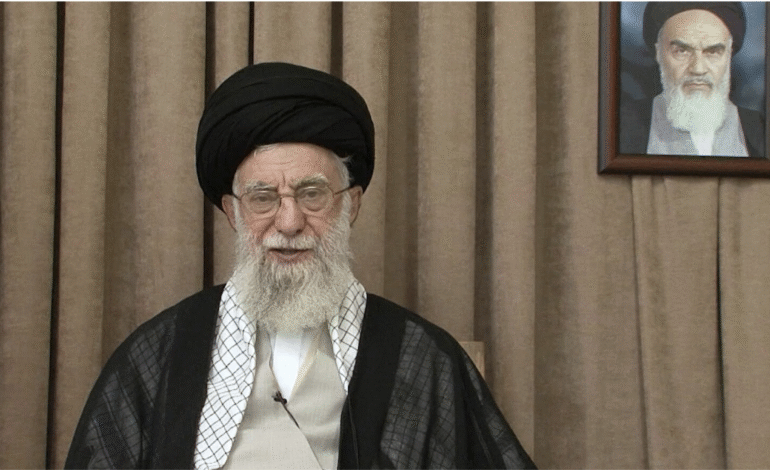
Iran’s Supreme Leader, Ayatollah Ali Khamenei, delivered a strong and defiant warning during his first televised speech since a fragile ceasefire ended 12 days of hostilities between Iran and Israel. His address, aired on state television, made clear that Tehran is prepared to strike US military installations across the Middle East should Washington engage in further aggression. Speaking from an undisclosed location, Khamenei claimed victory in the recent conflict and framed Iran’s actions as a sign of strength and resilience against external threats. The remarks marked a significant escalation in rhetoric as tensions remain high across the region.
Khamenei Declares Victory After Regional Hostilities
During his address, Khamenei asserted that Iran emerged victorious after nearly two weeks of intense conflict that saw exchanges of fire between Iran and Israel and direct intervention from the United States. He pointed to Iran’s attack on what he described as the largest US base in the region, located in Qatar, as proof of Tehran’s military capability. Referring to the strike as a slap in America’s face, Khamenei claimed that the Islamic Republic had demonstrated its ability to target important American facilities at will. He warned that Iran’s capacity to strike US interests is not a minor development and could be repeated in the future if provoked.
His remarks positioned Iran’s actions as part of a calculated strategy aimed at deterring future aggression and safeguarding national sovereignty. The Supreme Leader’s declaration was intended to boost domestic morale and send a clear signal to both the US and Israel about the potential consequences of further hostilities.
Symbolism And Setting Of Khamenei’s Speech
Khamenei’s speech was delivered from a location that appeared carefully chosen for its symbolism. As in previous wartime addresses, he spoke in front of a brown curtain, positioned between the Iranian national flag and a portrait of the late Ayatollah Ruhollah Khomeini, the founder of the Islamic Republic. This setting reinforced themes of continuity, resistance, and ideological steadfastness. The imagery underscored Khamenei’s message of resilience and portrayed Iran’s leadership as unified and unwavering in the face of external pressure.
The Supreme Leader’s composed demeanor and measured tone served to project an image of strength during a period of heightened regional tensions. The setting also helped to evoke a sense of national unity and historical purpose, aligning the current struggle with the revolutionary values upon which the Islamic Republic was founded.
Iran’s Rejection Of US Demands And Nuclear Accusations
A significant portion of Khamenei’s speech focused on countering statements made by US President Donald Trump. The American president had suggested that further strikes on Iran would follow if Tehran resumed nuclear enrichment activities. Khamenei dismissed these threats as futile attempts to coerce Iran into submission. He argued that Trump’s remarks revealed Washington’s true objective: to secure Iran’s complete surrender. This, Khamenei declared, would never happen.
Khamenei also reiterated Iran’s longstanding denial of Western accusations that it seeks to develop nuclear weapons. He framed recent US attacks on Iranian nuclear facilities as part of a broader strategy to protect Israel, rather than genuine concern over nuclear proliferation. The Supreme Leader insisted that the strikes failed to achieve any significant results and portrayed the US intervention as an act of desperation designed to shield Israel from Iranian missile capabilities.
Competing Narratives Of Success From Iran And Israel
While Khamenei described the ceasefire and Iran’s actions as a triumph, Israeli Prime Minister Benjamin Netanyahu offered a sharply contrasting view. Netanyahu claimed a historic victory for Israel, asserting that the recent military campaign had neutralized threats from Iran’s nuclear and missile programs. Shortly after Khamenei’s speech, Netanyahu posted a public message highlighting the cooperation between Israel and the United States, accompanied by an image of himself and Trump holding hands. The message reaffirmed their joint commitment to confronting shared adversaries.
These conflicting declarations of success reflect the deep divisions and rival narratives that have long defined the regional conflict. Both sides sought to frame the outcome in ways that bolstered their domestic and international standing, further illustrating the complexity and high stakes of the situation.
Fragile Ceasefire And Ongoing Threats
The ceasefire that ended the recent wave of violence remains fragile, with both sides continuing to issue warnings and threats. Khamenei’s remarks made it clear that Tehran views the truce not as a lasting peace but as a temporary pause. His pledge to strike US military bases in the event of renewed aggression highlighted the risk of the conflict reigniting at any moment. The Supreme Leader’s warning reflected Iran’s determination to respond forcefully to any future attacks, adding to the uncertainty and volatility of the current situation.
President Trump, when asked whether the United States would retaliate if Iran rebuilt its nuclear enrichment program, gave a terse reply: “sure.” This brief response encapsulated the heightened tensions and the looming possibility of further escalation. Both nations appear to be bracing for the potential resumption of hostilities, with the region remaining on edge.
Questions Over Effectiveness Of US Strikes
During the conflict, President Trump boasted that the deployment of massive 30,000-pound bombs had obliterated Iran’s nuclear infrastructure. However, reports emerged that initial assessments by a US intelligence agency contradicted these claims. According to sources familiar with these assessments, the strikes did not completely destroy Iran’s nuclear program, raising questions about the effectiveness of the military campaign. This discrepancy highlighted the challenges of evaluating outcomes in such complex operations and added another layer of uncertainty to an already tense situation.
The gap between official statements and intelligence findings also fueled debate over the limits of military power in addressing nuclear concerns. It underscored the risks of miscalculation and the potential consequences of relying on force in a volatile environment.
Iran’s Warning To The United States And Future Outlook
Khamenei’s speech was a clear declaration of intent. By promising that Iran would strike American military bases across the Middle East if attacked again, he signaled Tehran’s readiness to escalate the conflict if necessary. The warning highlighted the potential for the confrontation to spread beyond the immediate players and impact the wider region. Khamenei’s remarks aimed to deter further US and Israeli actions while reaffirming Iran’s resolve to protect its sovereignty.
The region’s future now hangs in the balance, with the fragile ceasefire offering only a temporary reprieve. The competing narratives of victory, ongoing threats, and the risk of renewed violence create an environment of uncertainty. The situation demands careful diplomacy and restraint to avoid a broader conflict that could have devastating consequences for the Middle East and beyond.

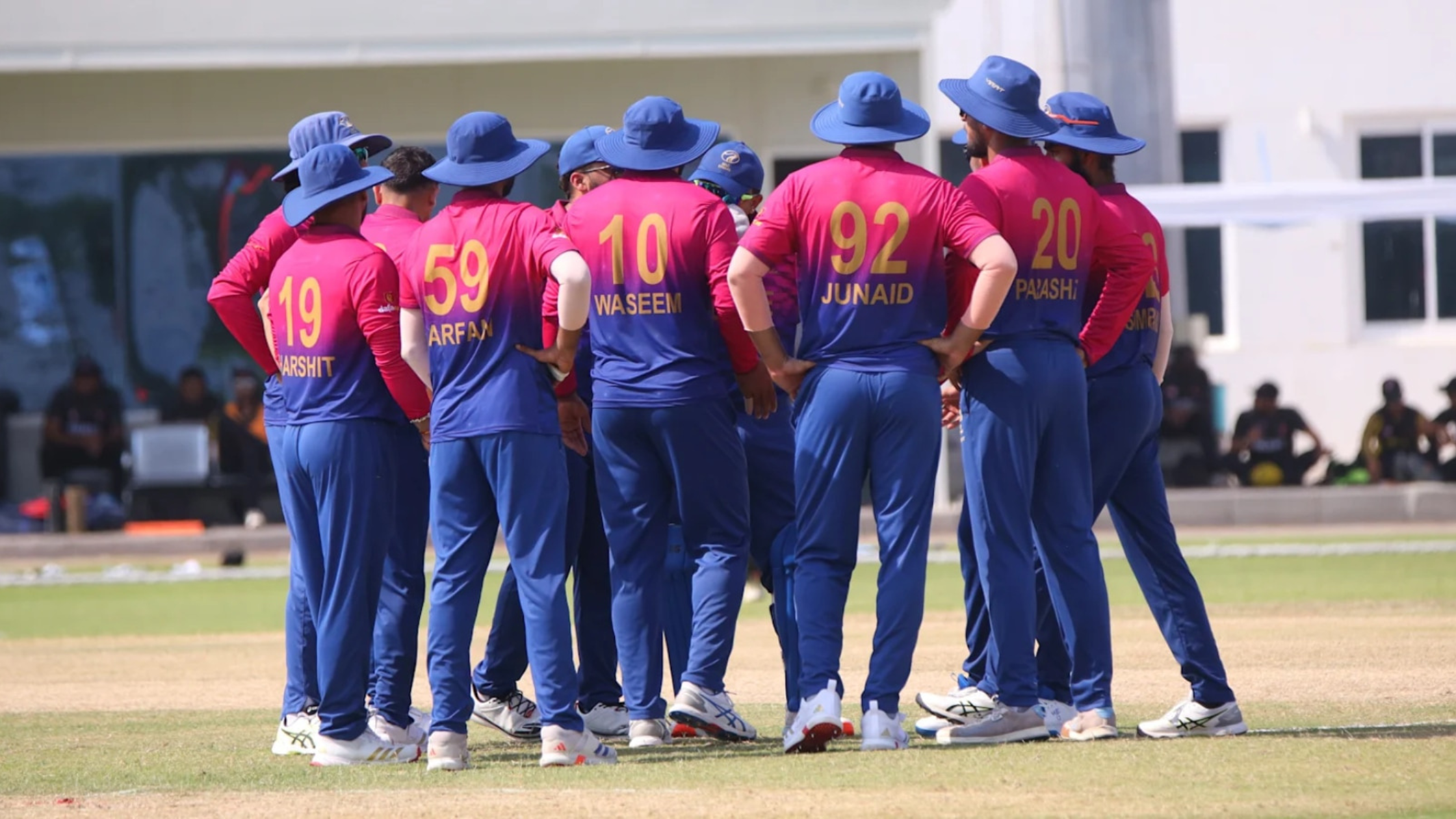
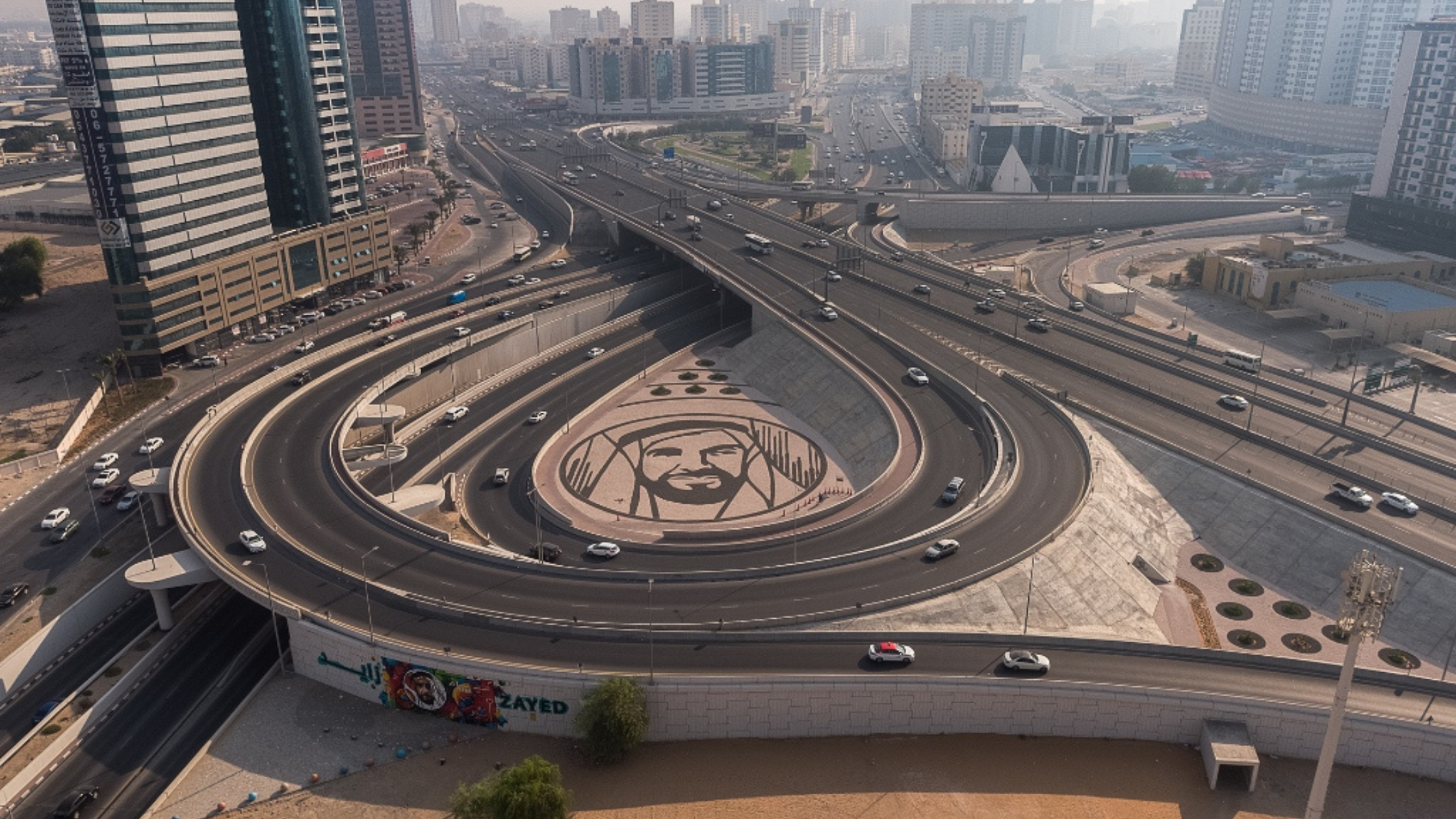

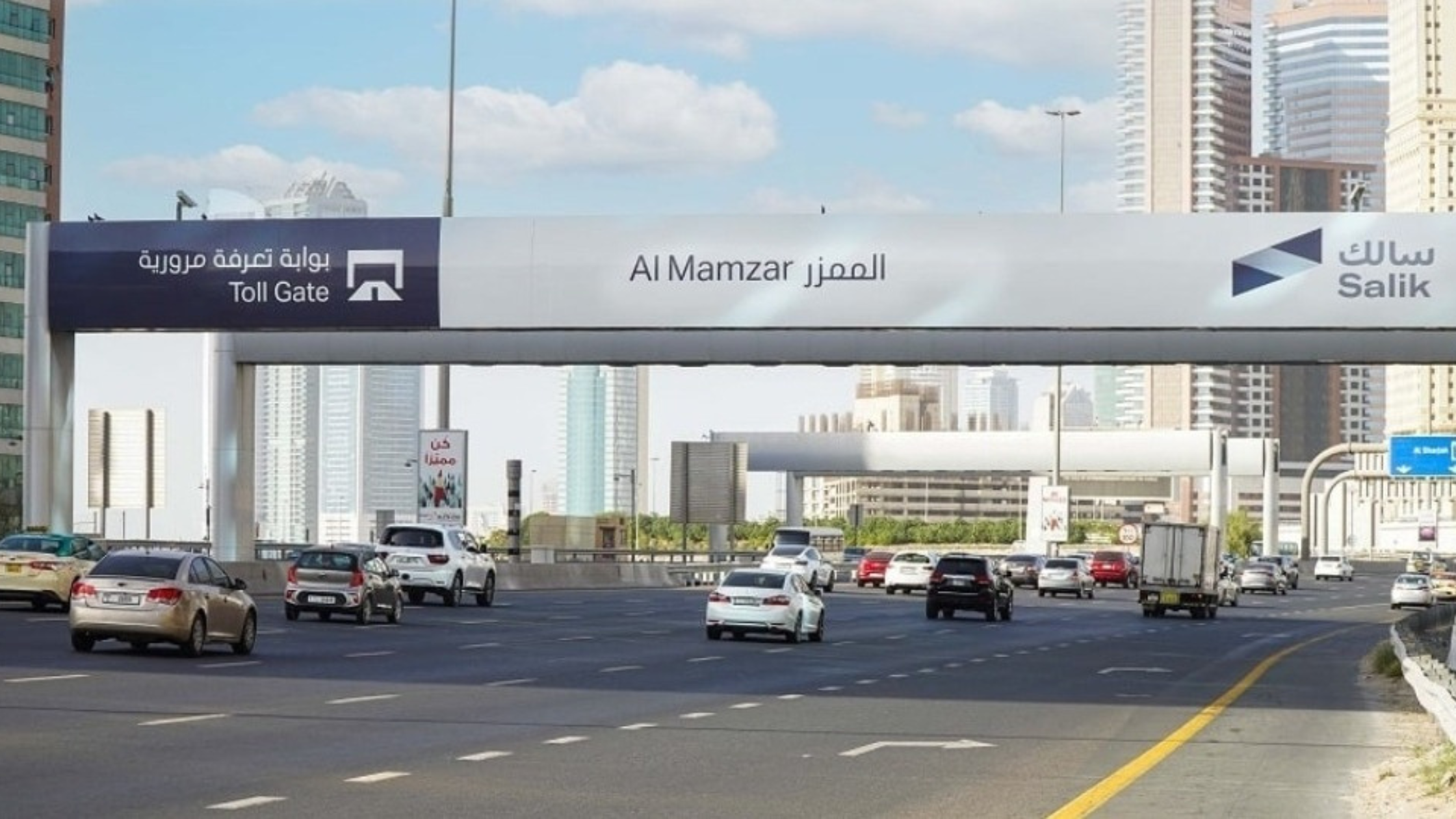
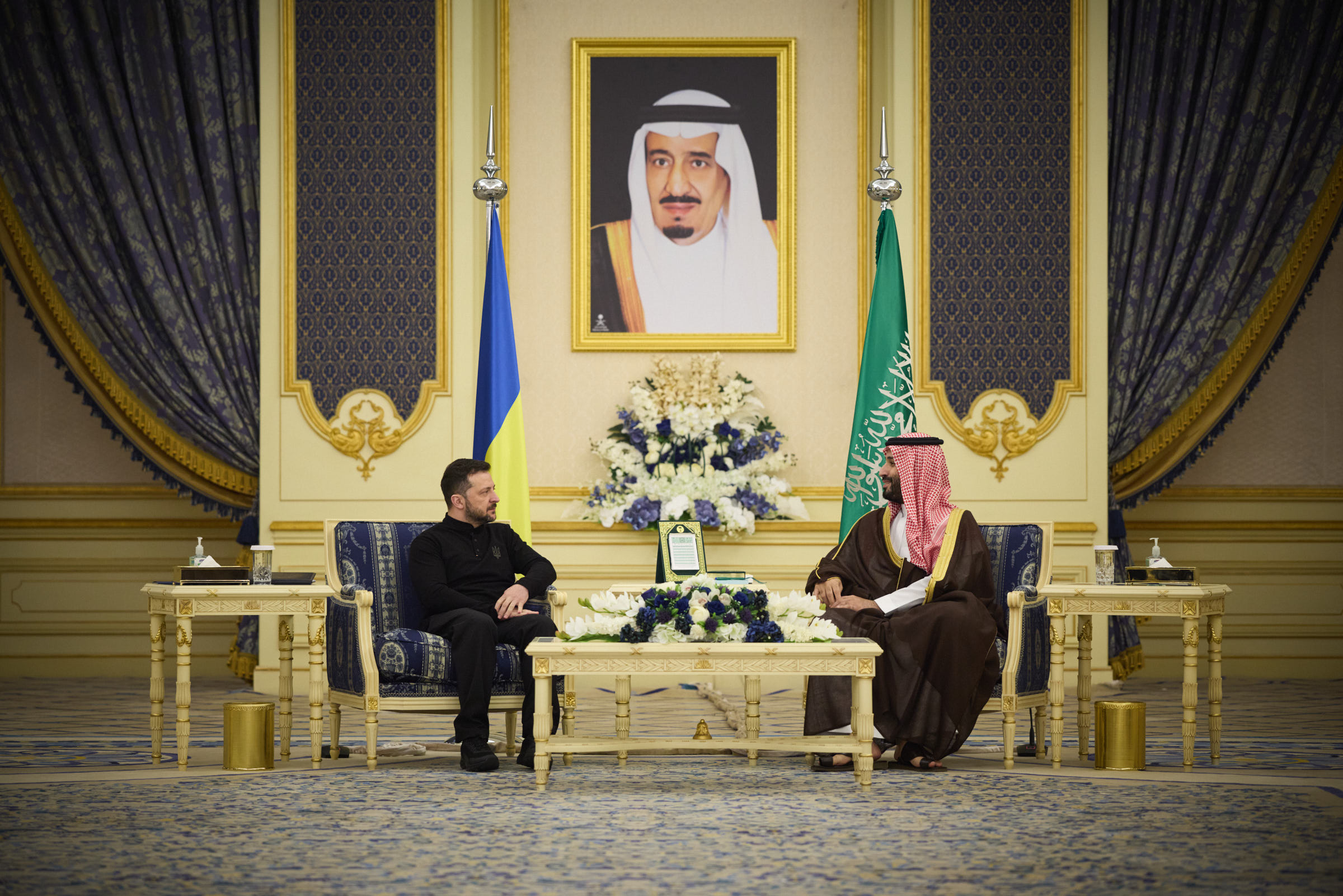
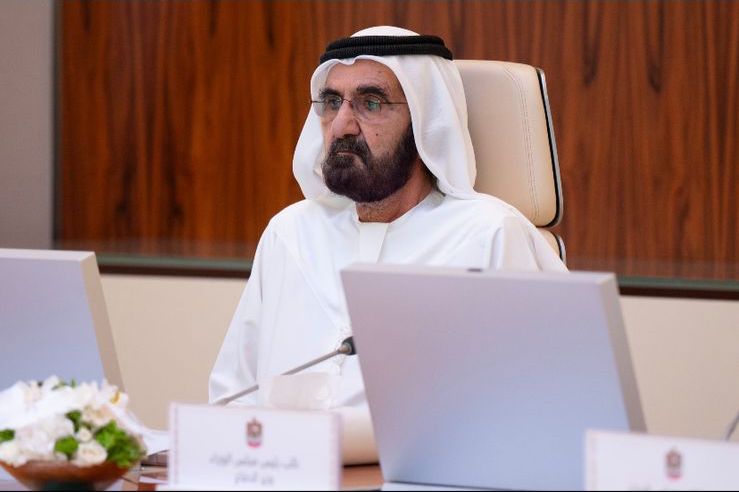
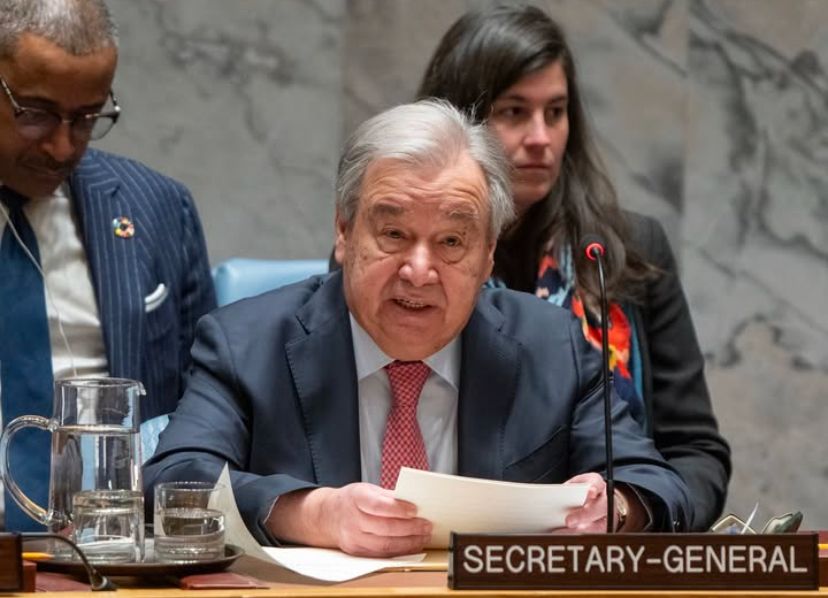
2 Comments
[…] from the impact of MOPs, are visible around the facility. The timing of these developments suggests Iran may be responding swiftly to either repair damage or reinforce existing […]
[…] a move signaling renewed focus on strategic self-reliance and technological advancement, the Islamic Republic of Iran has announced the successful suborbital testing of its Qased rocket system marking the first such […]
Comments are closed.